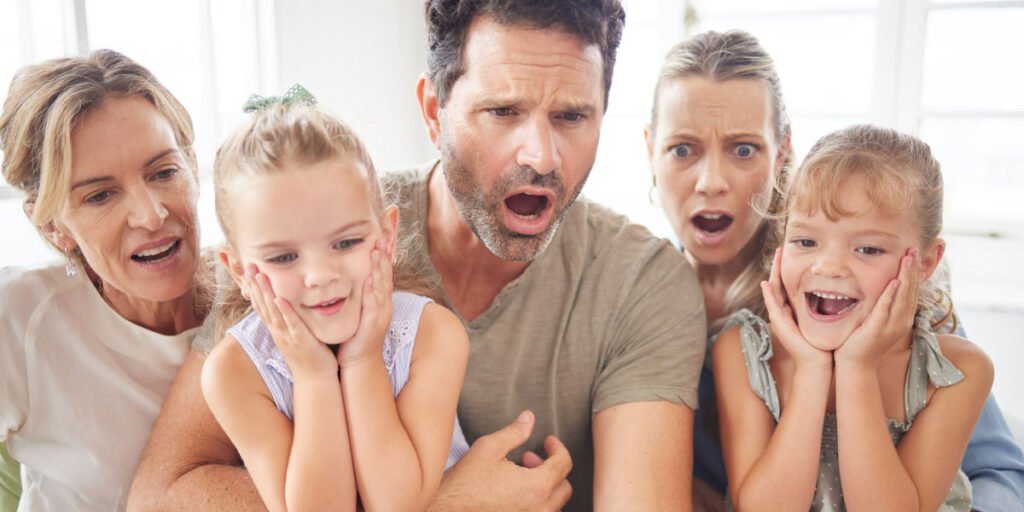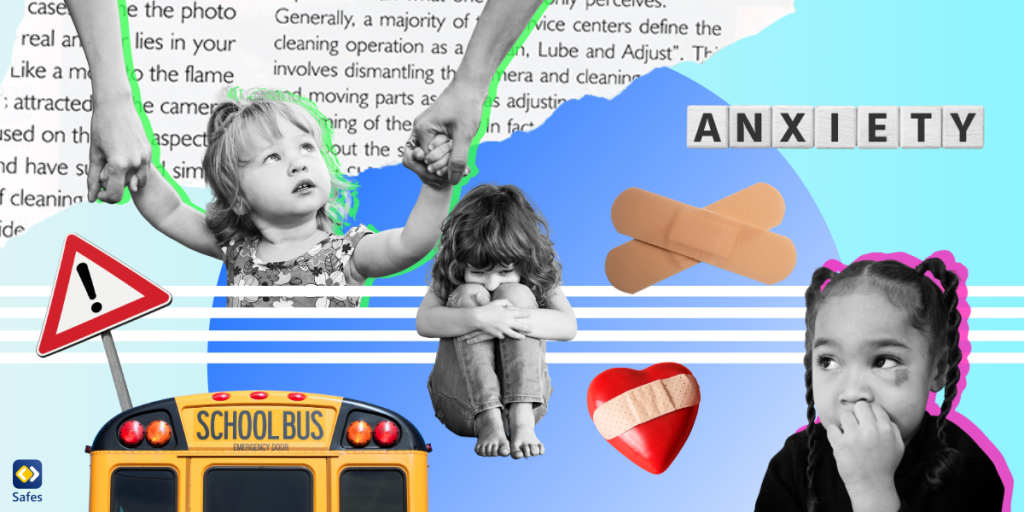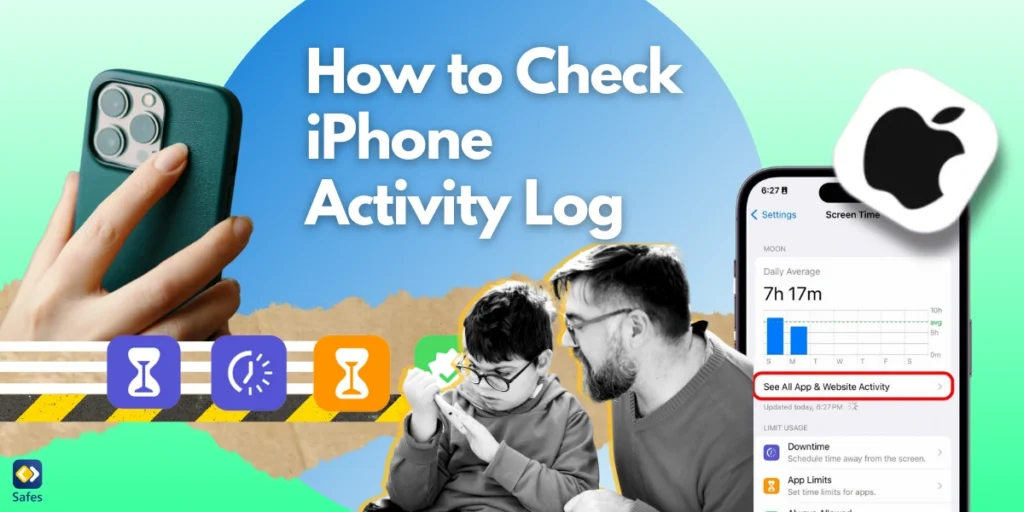There are usually three parties involved in every act of violence: The perpetrator, the victim, and the witness. And social media has made it much easier for each to play their part. Sociologists have been warning us for years about the prominent role of social media in the rise of violence, particularly in youth. In this article, we will try to clarify the relationship between social media and violence in teenagers.
Download and Start Your Free Trial of the Safes Parental Control App
The higher rates of crime and violence committed by teens in the past decade or so can indicate a connection to their prevalent use of social media. The aggressive content spread all over various social media platforms has been normalizing violence in general, desensitizing people to the pain and suffering of others. It has even been going as far as promoting violent behavior.
Though surely not the sole contributing factor to the high rate of risky behavior in adolescence, social media is definitely an extremely powerful component. Even if it doesn’t directly drive youngsters to commit acts of violence – which many experts believe it does – it still acts as a strong catalyst, speeding up aggressive reactions.
No wonder teenagers are the main demographic influenced by the existing violence circulating on social media. Present-day teens are the direct product of the digital age. They have been exposed to the internet – and social media by extension – their entire lives. A study conducted in the US shows that 95% of teenagers use the internet. Also, 80% of teens online spend at least half an hour a day on three different social media platforms.
There is limited research on how social media increases violence and risky behaviors in teens. However, some studies show a connection between social media and violence. They indicate that the quality of online content viewed by youth can be a contributing factor to their violence. Youngsters who committed serious crimes were found to have viewed violent content on the internet. Needless to say, social media platforms are filled with violent content. On platforms like Instagram, where all content is available to all people aged thirteen and above, your child can’t help but take a toe-depth dip – to say the least – in this sea of violence.
Violence as a Contagious Disease
According to neuroscience and cognitive psychology, ideas become partly activated in the human brain by the stimulants in the environment. This means that exposure to violent content can cause aggressive thoughts and emotions, which can then result in violent actions.
As with the case of copycat suicides, violent content on social media can drive youth to carry out the same kind of violent acts themselves. There has been evidence to support the hypothesis that mass killings can be triggered by similar violent acts in the recent past. The coverage received by such violent crimes on social media platforms like Twitter and Instagram can actually result in their glorification and promotion among youth. Gang violence taking place on Facebook Live, again and again, is a good example of this problem.
Youth Violence: Contributing Factors
Key contributory factors resulting in youth violence include, but are not limited to:
- Witnessing/being subjected to domestic abuse
- Poverty
- Being bullied and ridiculed by peers
- Antisocial personality disorder (sociopathic/psychopathic tendencies and actions)
- Being exposed to hateful and harsh content through music, books, etc.
- Social media

Social Media Features Causing Violence
One of the things social media platforms have intensified is the exhibition of impulsive reactions. They encourage you to instantly like, dislike, and comment on the content on your feed. These momentary reactions, more often aggressive and negative than not, can and do cause problems in the real world.
The thing is, teenagers can be oblivious to the fact that their actions online do actually have consequences. Just because they don’t always receive an immediate response to their hateful comments, they may remain ignorant to the extent of the destructiveness of their words.
The main social media features that are most likely to fuel conflicts among youths include:
- Livestreaming
- Commenting
- Photo/video sharing
- Tagging
In the paragraphs below, we will go into further detail about the ways these features may cause and intensify violence among youths.
Social Media and Youth Violence
Types of violent acts and conflicts escalated by social media include:
Gang Violence
Teens are at the age when they are in desperate need of being accepted and welcomed by a group. This can cause a fair amount of trouble, since not all groups are a good influence on kids, nor provide a healthy environment for them to grow and flourish. Kids can easily get involved in dangerous street gangs just to get a sense of belonging.
Like almost every other thing, gang crimes have also been affected by social media. Ever since the rise and popularization of these platforms, street gangs have devoted part of their time and activities to social media. The term “internet banging” refers to the online conflicts among rival gangs, which can lead to crimes as serious as murder.
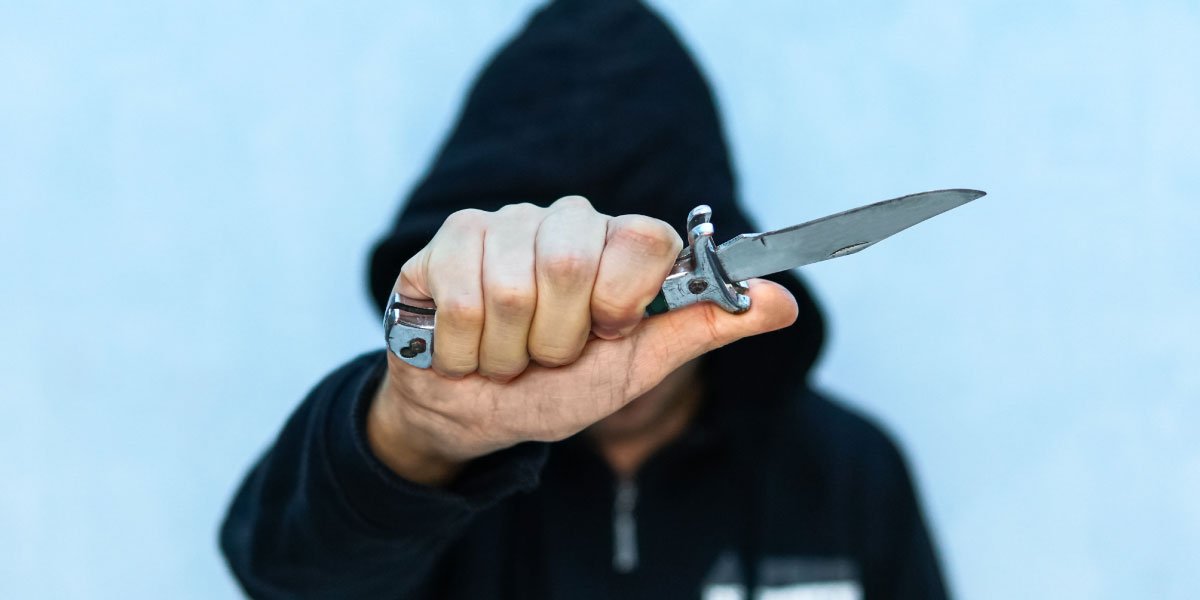
There are various ways in which gangs use social media to prove themselves more macho than their rivals. These measures result in further violence in real life, more often than not. Some of these measures include:
-
Trespassing and taunting
Gang members sometimes go into rival gangs’ neighborhoods, trespassing their “borders” and boundaries by extension. What they also do is take videos of themselves and post them on social media, taunting rival gang members to bring out a reaction.
-
Stealing and provocation
Sometimes, gangs get hold of a rival gang member on the street, harassing them and stealing their belongings, and put the footage of it on social media. They also tag the rival gang members to make sure the video is being seen by them. This act of violent provocation then causes the rival gang to retaliate, continuing the chain of violence.
-
Music videos raising tension
Music videos of gangs that get more views than usual can increase the tension between them and their rivals. Dominating social media and dissing other gangs can cause them [rivals] to react in violent ways to replace them as the coolest gang.
-
Viral broadcasting of violence
Gang members usually use Facebook Live or Instagram to stream live videos of themselves committing violent acts to get more exposure and reactions online. This usually results in the backlash of rival gangs, especially if the first gang is beating up a rival gang member, vandalizing their neighborhood, etc.
Dangerous Dares and Challenges
Online dares and challenges going viral on social media are a serious cause for alarm among parents and educators. Teens accept and promote these challenges, and share social media posts about them participating in these challenges. Some of these challenges have proven themselves to be harsh and even downright violent at times, causing harm to the people involved.
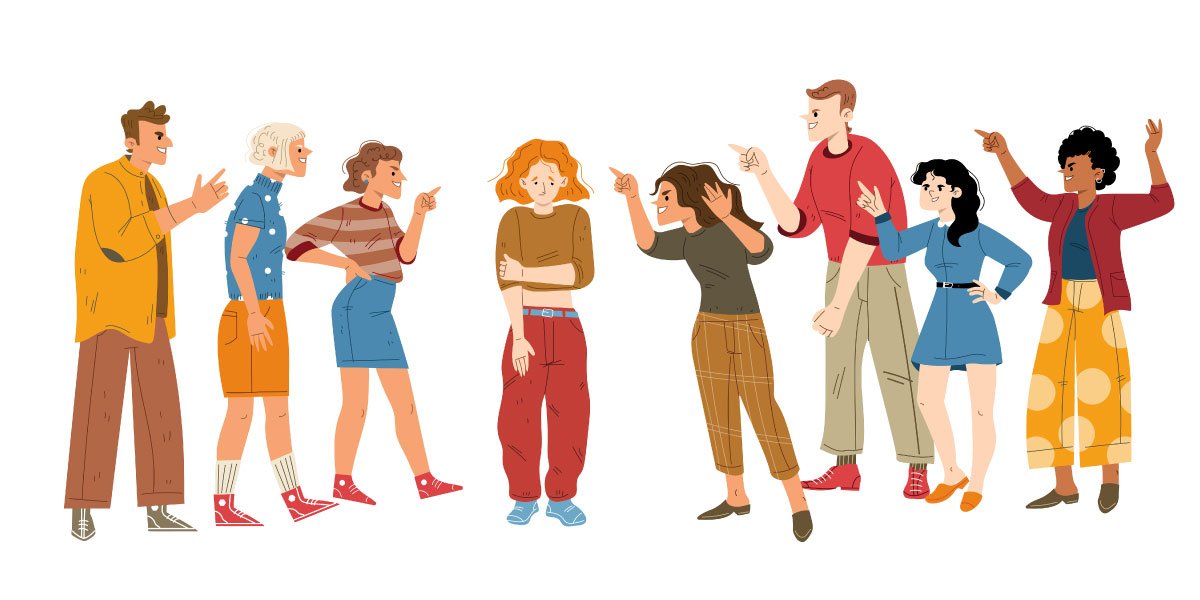
Bullying and Harassment
We’ve all probably fallen victim to bullying and harassment at some point in our lives, so we know how this feels. Bullying and harassment can cause conflicts on social media, with the bully posting photos and videos of the victim to humiliate them in front of others. It can cause the victim to take extreme measures to regain their reputation or simply defend themselves.
As if the violent behavior of bullies isn’t bad enough, kids who are regularly subjected to bullying tend to exhibit violent thoughts and behaviors themselves. This can even result in horrific irreparable events such as school shootings.
School Fights
Social media has shown itself to be a ground for intensifying existing conflicts among teenagers. One thing leads to another, a simple eye-roll prompts a curse word. And before you know it, kids are posting hateful content about each other on social media, calling one another out to physical fights. Considering how hormonal, moody, and impulsive teens are, the role of social media in this cannot be overestimated. It becomes a catalyst, lighting the match for an already gassed-up heap of hay.
School Shootings
Recently, it’s as though we’ve been hearing about a mass shooting taking place in schools every other week. This rings true to the ear, merely because it is, especially in the US. Social media platforms play a critical role in this regard; whether it be normalizing and promoting this kind of occurrence (through the process of contagion), albeit unintentionally, or reflecting a school shooter’s aggressive thoughts and plans. Although precautionary methods have been implemented in various platforms to report aggressive content, they have proven to be insufficient in terms of preventing such horrid violence.
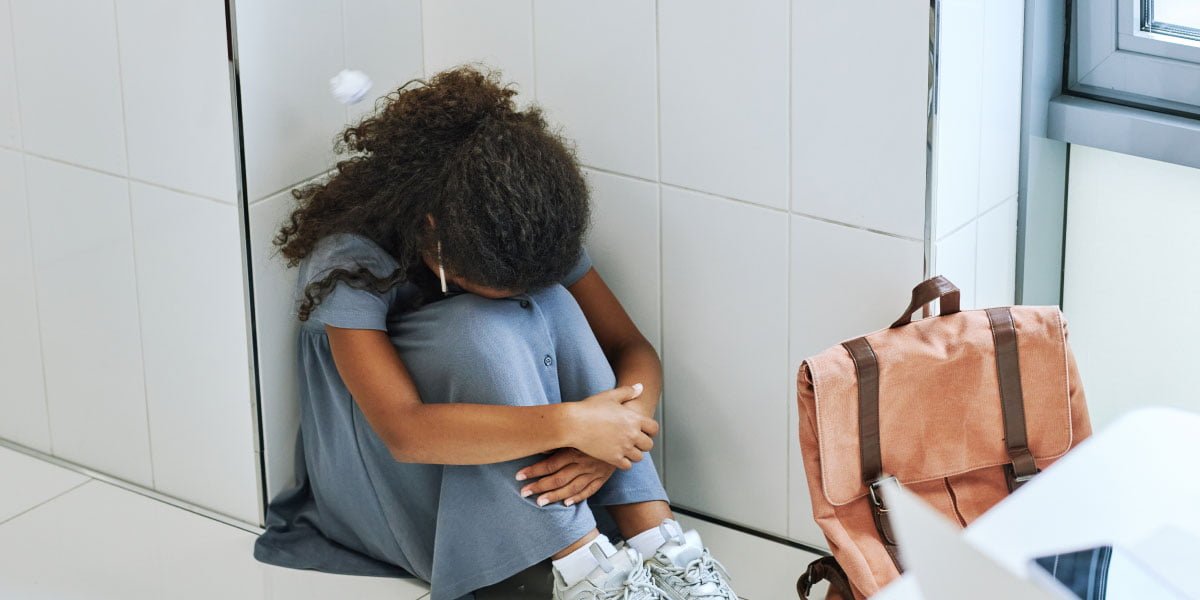
Being Taken Advantage of by Extremists
Social media platforms create a convenient space for extremists to promote hateful views on certain groups or individuals. These platforms make it much easier for them to access youngsters and try to brainwash and recruit them. You’ve probably seen young people joining terrorist organizations by way of such platforms and acting out their violent plans across the news. Neo-Nazis and other racist groups further their agenda via social media as well, spreading violence and intolerance in societies.
Incel Misogyny
Incels (involuntary celibates) have been contributing to misogynistic views online since the very first chatrooms and social networking sites were invented. They haven’t left current social media platforms uninfected either. Your teenage child, who might not be that popular or lucky with girls, might fall right into this trap as well. You should keep an eye out for misogynistic incels if only to save your child and the girls they’re going to meet in their lifetime from violence.
Self-Harm
Social media has played a crucial part in promoting and glorifying self-harm. Instances of self-harm promoted on social media include:
- Eating disorders (anorexia and bulimia)
- Cutting [of the skin]
- Self-embedding
- Burning
- Hitting and bruising
- Drugs/Alcohol abuse
- Cyber-suicide
The intention behind self-harm can be sorted into two categories:
- Suicidal
- Non-suicidal
Self-harm makes up a large percentage of violent acts carried out by teenagers. Various studies show that this kind of behavior usually begins at the age of twelve, and can continue well into adulthood. Although exact statistics on self-harm among teenagers aren’t available, evidence suggests that at least 25% of fourteen-year-olds have self-harmed. The actual number is thought to be much higher, however, as self-harming teens don’t usually come forward to talk about their problems or seek help.
Self-harming is also more common among teenage girls, as they are more likely to take their aggression out on themselves (as opposed to boys who are more likely to be aggressive toward others). Teenage girls also generally struggle with their body image and go as far as to compromise their health to fit the bodily standards set for young women. In recent years, however, many influencers have been openly talking about their body image issues on social media and how they’re on the path to overcoming them. Fortunately, this has proven to be helpful for teenage girls.
Sexual Violence (Child-on-Child Sexual Abuse and Rape)
Child-on-child sexual abuse and rape are common problems rarely talked about, mainly because kids are too ashamed or scared to address them. Social media can make it easier for abusive teenagers to make unwanted and unwelcome sexual advances to other underage children. Your teenage kid’s direct messages can be infested with such violence.
Also, even if your teenage child is in a romantic relationship with another kid their own age, they might be subjected to dating aggression. There’s always a possibility that their partner takes photos and videos of them engaged in sexual activity. Or more common yet, they might ask your child to send them nude pictures of themselves. They might then threaten to or actually post these photos/videos online. They may even extort your child to do things they don’t want to do or force them into sexual activity.
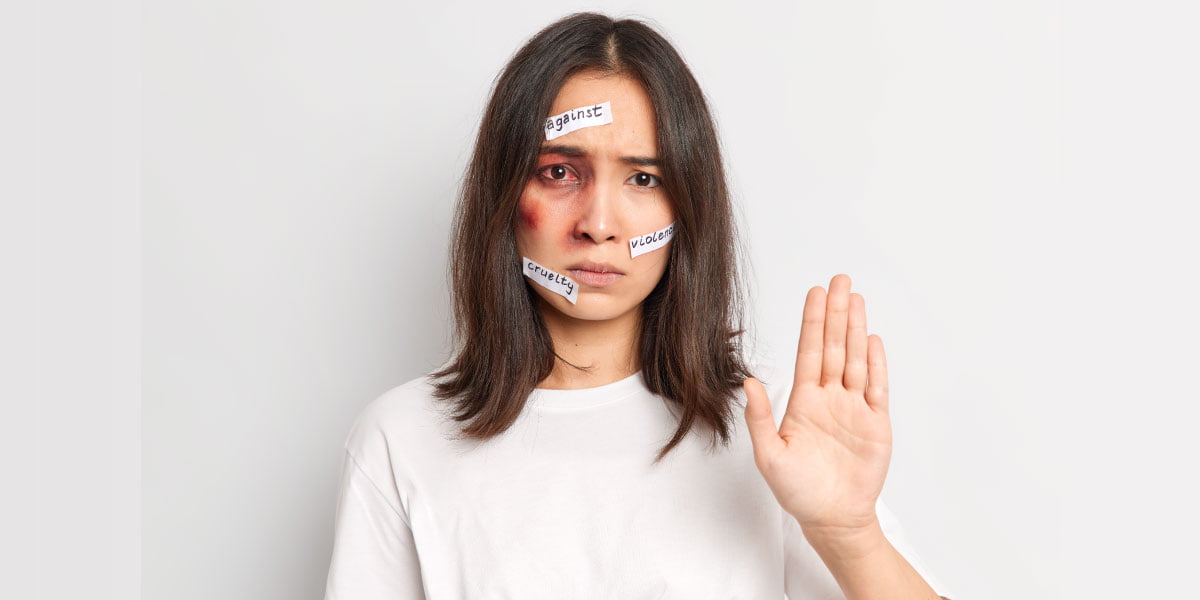
Cyberstalking
Although not physical violence, cyberstalking surely counts as mental violence toward the victim. Teens are highly prone to cyberstalk, especially because of an unhealthy obsession with their victims. Constantly monitoring someone’s activities on social media to gather information about them can make the victim feel extremely unsafe and unsettled, especially as they’re unlikely to find out the identity of their stalker. Cyberstalkers might use the information they’ve gathered on the victim to cause them further damage.
Teens Being Sensible!
One study conducted among a focus group of youths in America shows many youngsters often try not to take part in conflicts caused and escalated by social media. Teens being sensible, how’s that for a change?! And just as we thought youth violence and social media are inseparable!
Teenagers usually assume the following approaches to steer clear of violence prompted by social platforms:
-
Avoidance:
They try to avoid the fight altogether by ignoring the person/people encouraging it as much as possible.
-
De-escalation:
They try to stop others from further igniting the fight, and calming down the parties involved.
-
Seeking help:
They try to get help from the people close to them in order to stop the fight from happening.
-
Bystander intervention:
They try to get bystanders to intervene and cool things down before physical violence occurs.
How Can Parents Help?
The link between social media and youth violence is an important issue that requires attention from parents all over the world. If you are also horrified by the extent of violence in teens caused and fueled by social media but don’t know what to do about it, we can give you some ideas.
Here are a few strategies to implement for violence prevention caused by social media:
- Signing petitions to change regulations and laws about internet safety
- Voting for politicians who support gun control
- Demanding social media companies help solve the problem (financially and otherwise)
- Demanding schools teach kids about the dangers that lie within social media
- Volunteering to help teens with criminal conduct
- Financial aid to non-profit organizations for kids with criminal conduct
- Educating your kids
- Using parental control apps
Parental Control Apps Are the Way to Go
Social media platforms are deliberately designed to be addictive, encouraging unlimited scrolling, and sending push notifications to keep users engaged. This issue has been thoroughly depicted in films like The Social Dilemma.
It can’t be easy for any parent to admit their child might have an addiction problem. And online addictions can be just as serious as any other type. The first step is to admit the problem. Only then will you be able to find ways to improve their mental health.
If you suspect your teenage child is also addicted to social media, you need to take immediate action to prevent further problems for you and your family. If you’re worried about the violent content your kid may get exposed to, or even aggressive behavior on their part, worry no more. Parental control apps can help you.
In recent years, parental control apps have been significantly improved to make sure your child remains safe on social media. You can limit the amount of time your child spends on social media with apps such as Safes, or even block their access to social media platforms entirely. Safes can help you decrease your teen’s activities on social media and the likelihood of their showing violent behavior as well. Start your free trial today and begin effortlessly managing their device usage and social media access!
Your Child’s Online Safety Starts Here
Every parent today needs a solution to manage screen time and keep their child safe online.
Without the right tools, digital risks and excessive screen time can impact children's well-being. Safes helps parents set healthy boundaries, monitor activity, and protect kids from online dangers—all with an easy-to-use app.
Take control of your child’s digital world. Learn more about Safes or download the app to start your free trial today!

